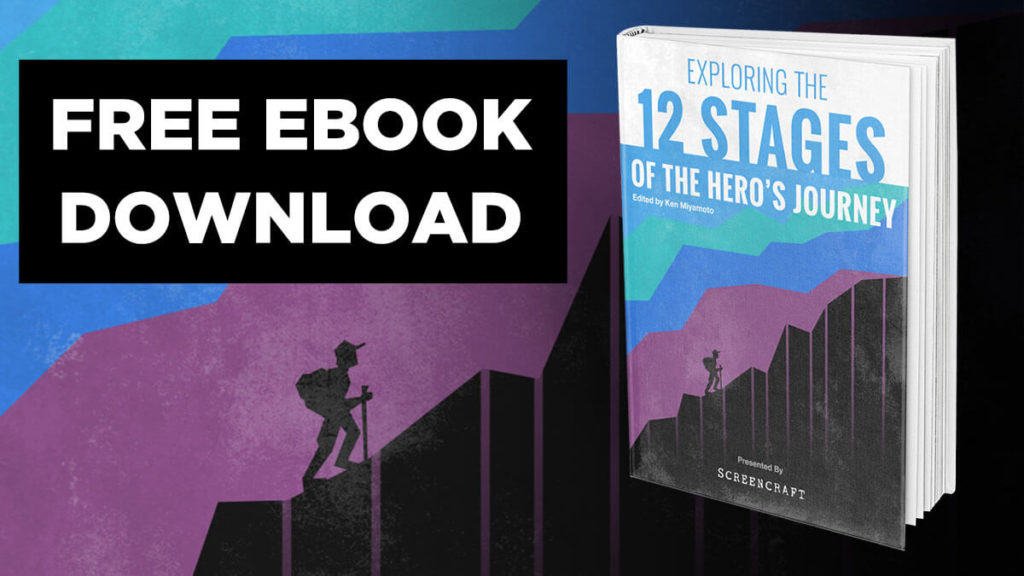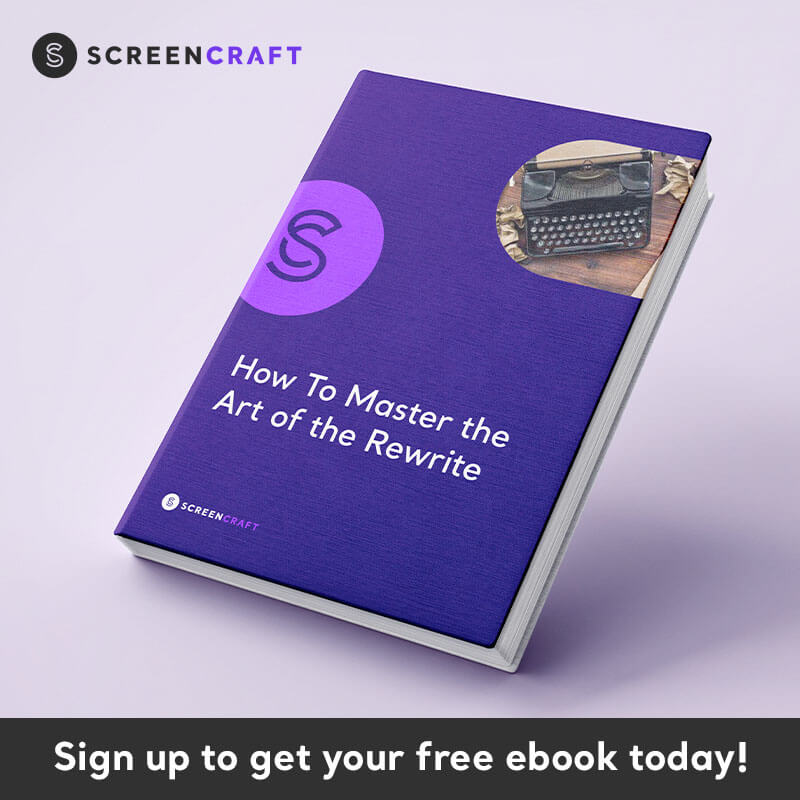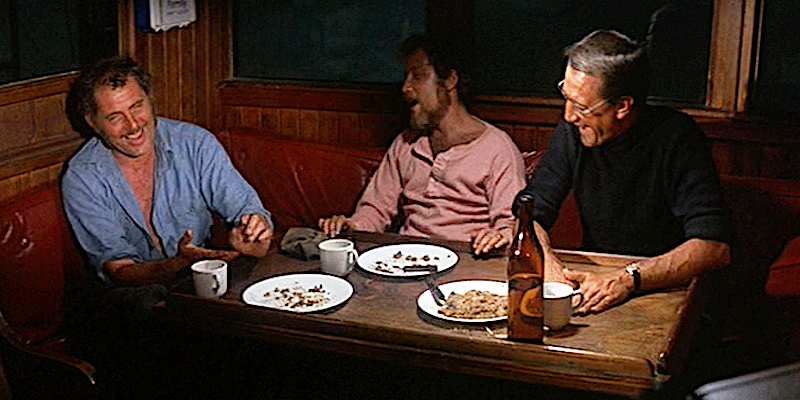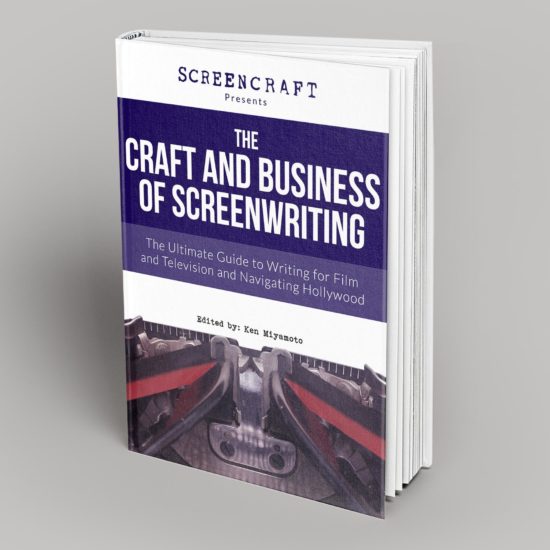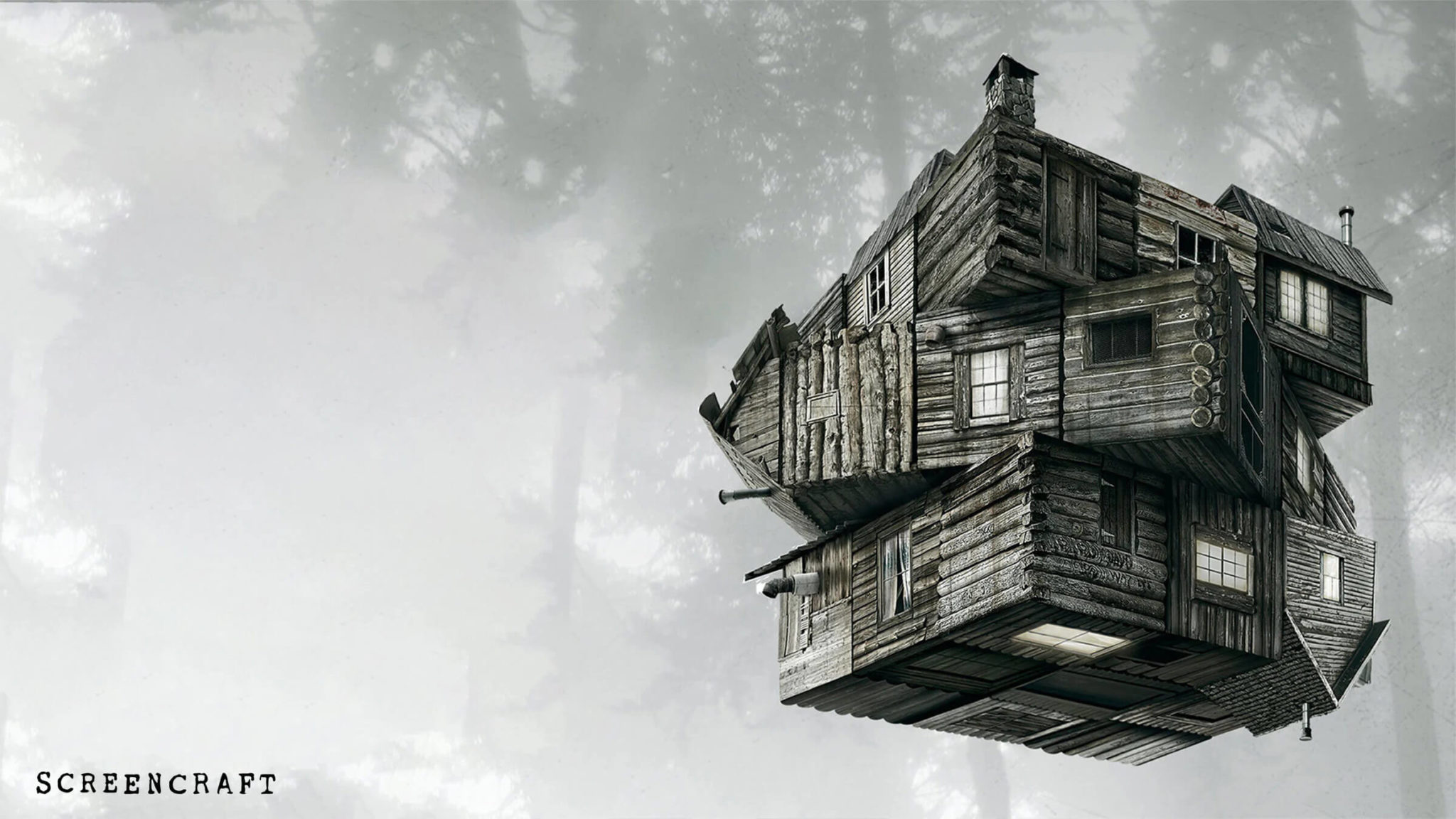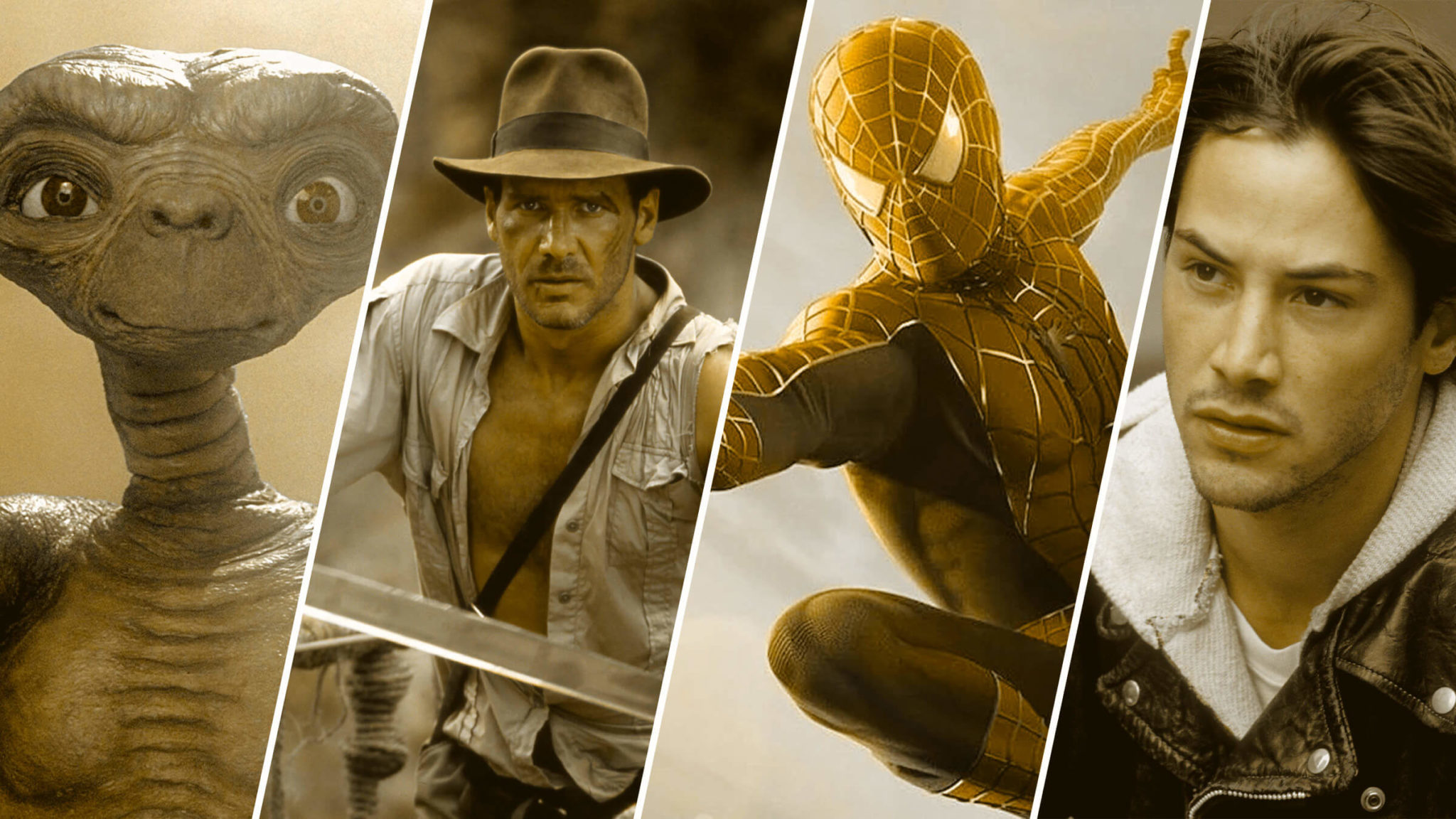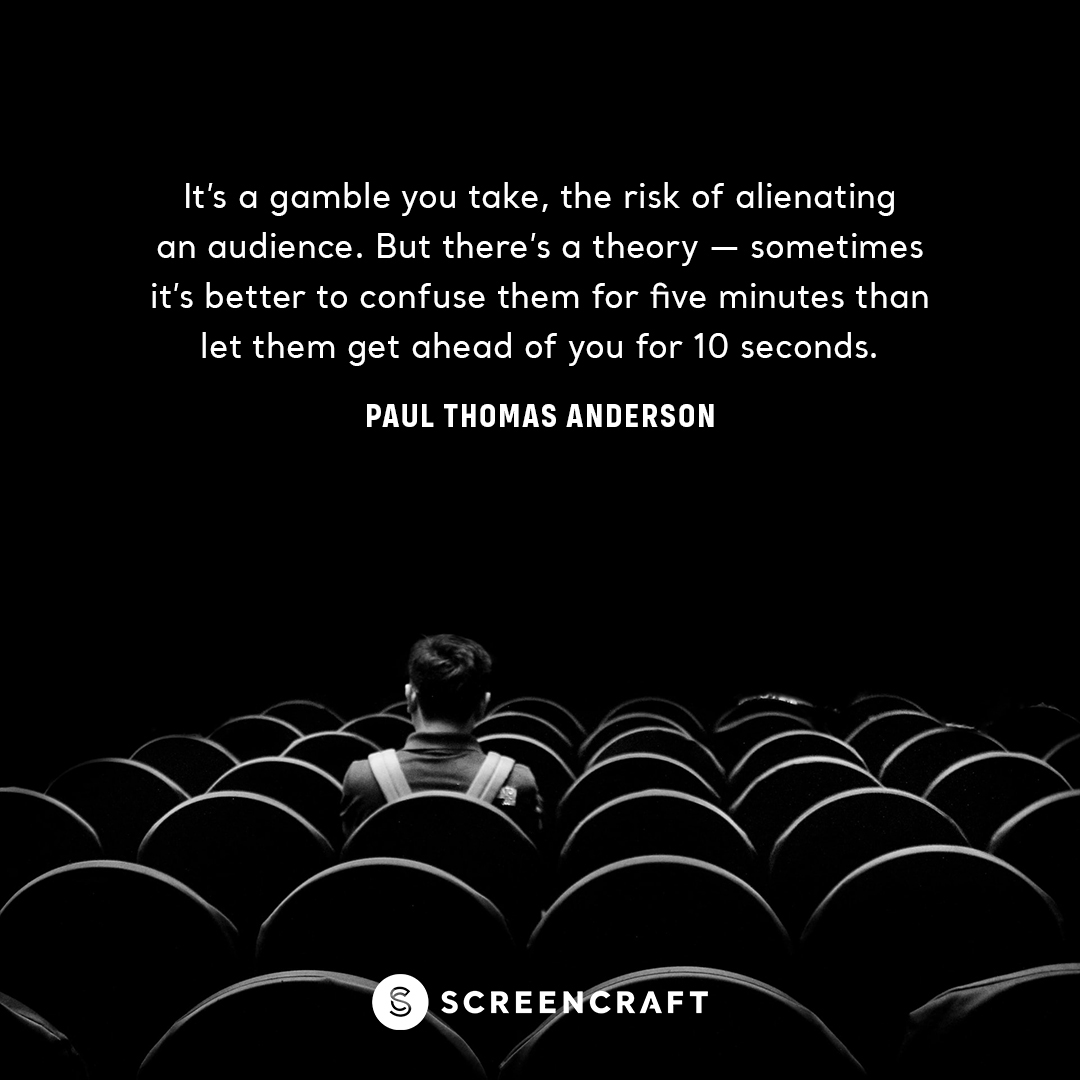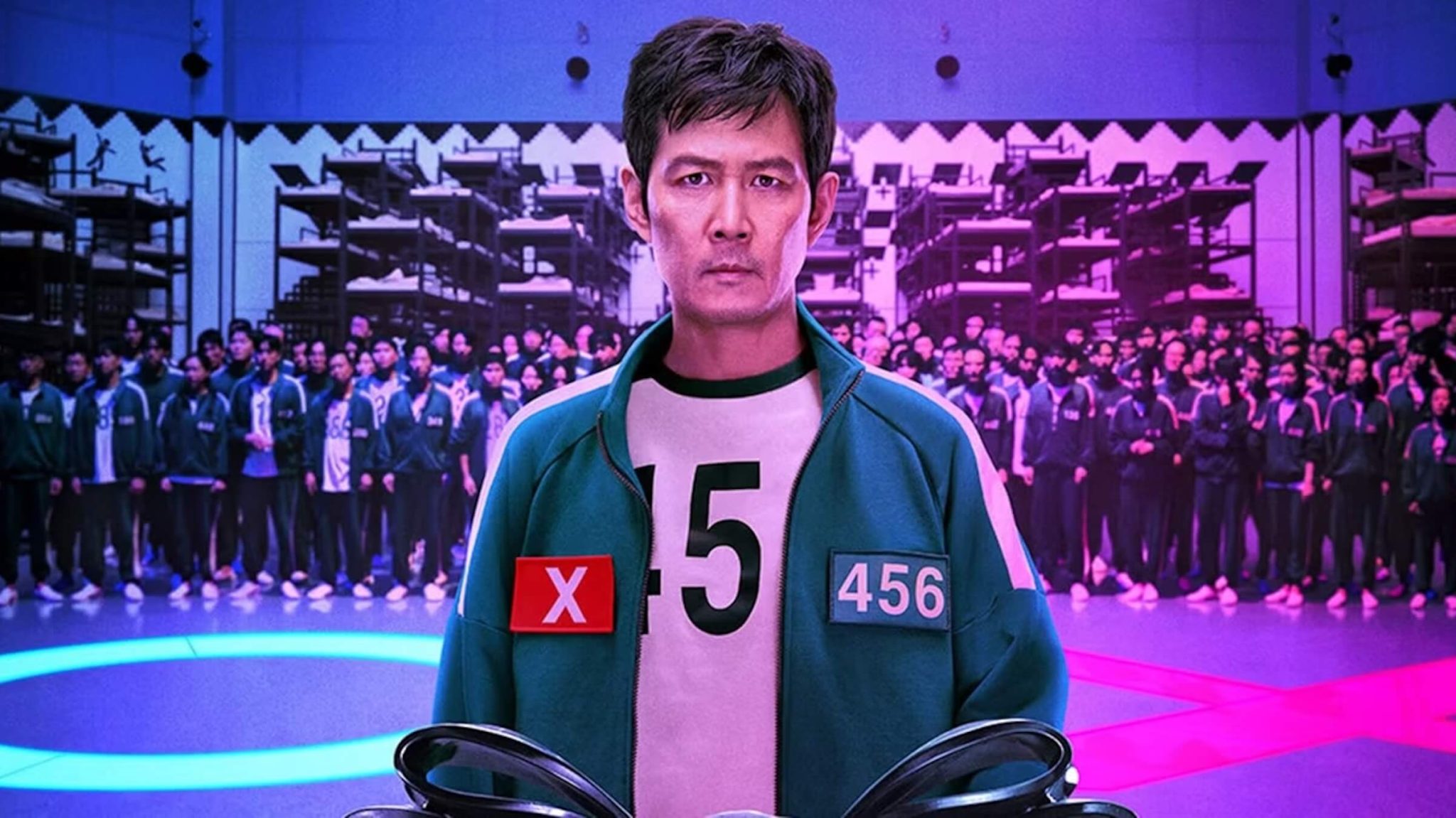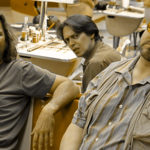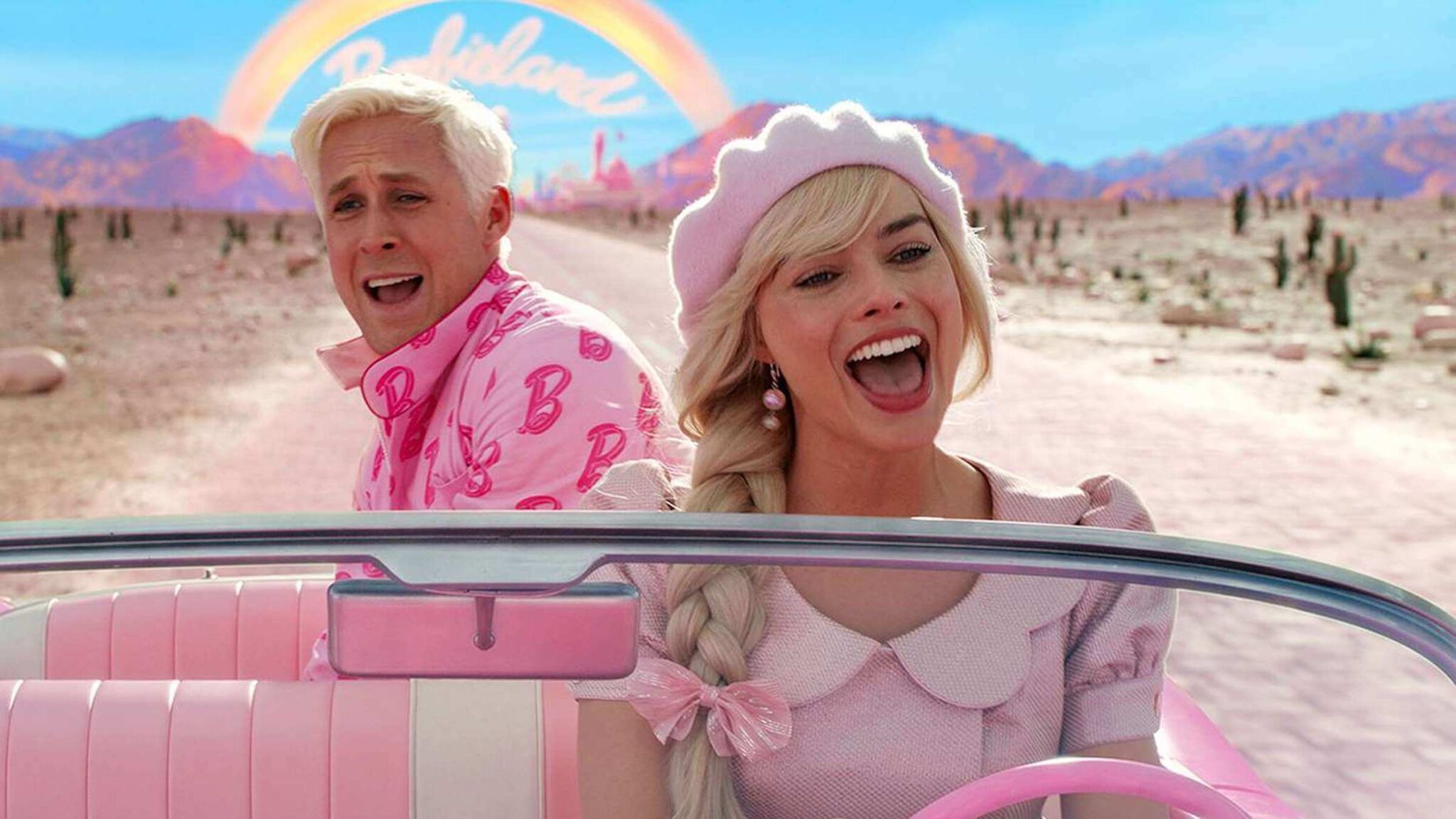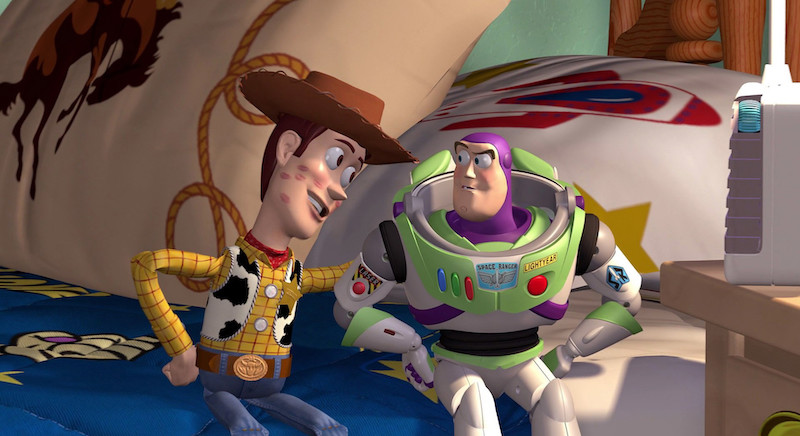Exploring the 12 Stages of the Hero’s Journey Part 7: The Approach

We dive into this archetypal story structure according to Joseph Campbell's The Hero's Journey and Christopher Vogler's interpreted twelve stages of that journey within his book, The Writer's Journey: Mythic Structure for Writers.
Welcome to Part 7 of our 12-part series ScreenCraft’s Exploring the 12 Stages of the Hero’s Journey, where we go into depth about each of the twelve stages and how your screenplays could benefit from them. Before we dive in, be sure to get our free e-book download while it's still available:
The first stage — The Ordinary World — happens to be one of the most essential elements of any story, even ones that don't follow the twelve-stage structure to a tee.
Showing your protagonist within their Ordinary World at the beginning of your story offers you the ability to showcase how much the core conflict they face rocks their world. And it allows you to foreshadow and create the necessary elements of empathy and catharsis that your story needs.
The next stage is the Call to Adventure. Giving your story's protagonist a Call to Adventure introduces the core concept of your story, dictates the genre your story is being told in and helps to begin the process of character development that every great story needs.
When your character refuses the Call to Adventure, it allows you to create instant tension and conflict within the opening pages and first act of your story. It also gives you the chance to amp-up the risks and stakes involved, which, in turn, engages the reader or audience even more. And it also manages to help you develop a protagonist with more depth that can help to create empathy for them.
Along the way, your protagonist — and screenplay — may need a mentor. Meeting the Mentor offers the protagonist someone that can guide them through their journey with wisdom, support, and even physical items. Beyond that, they help you to offer empathetic relationships within your story, as well as ways to introduce themes, story elements, and exposition to the reader and audience.
At some point at the end of the first act, your story may showcase a moment where your protagonist needs to cross the threshold between their Ordinary World and the Special World they will be experiencing as their inner or outer journey begins. Such a moment shifts everything from the first act to the second, allowing the reader and audience to feel that shift so they can prepare for the journey to come.
It showcases the difference between the protagonist's Ordinary World and the Special World to come. And, even more important, we're introduced to the first shift in the character arc of the protagonist as they decide to venture out into the unknown.
And it's within this unknown that the protagonist faces many tests and meets their allies and enemies — all of which define the meat of your story by introducing the conflict, expanding the cast of characters, and offering a more engaging and compelling narrative.
Once you've put your protagonist through those tests and once they've met their allies and enemies, they're going to need to Approach the Inmost Cave of the story — preparing to face their greatest fears and conflicts.
Here we feature three ways how the Approach the Inmost Cave stage can better any story, even those that don't follow each and every stage of the Hero's Journey.
1. Allows the Audience and Protagonist to Catch Their Breath
The "cave" represents the core element of your story's conflict.
It can be a physical place like a tower holding the princess, a dungeon holding a captive, a vault containing the Ark of the Covenant, or a weak point in a world-destroying Death Star.
It can also be an emotional or physical challenge that the protagonist has been preparing themselves to take on — a killer shark in Jaws, a World Championship fight in Rocky, or finding the dead body of a missing boy in Stand By Me.
But this isn't the stage where your protagonist actually enters that cave to face the central conflict that you've been building up to. We're talking about the approach to that cave.
They've gone through many tests after Crossing the Threshold from their Ordinary World to the Special World where the major conflict lays in wait. They've met the allies that will help them and the enemies that are trying to hinder their progress.
Now the "cave" is within reach. And at this point in the story, just before the midpoint, you can take this opportunity to allow the reader, audience, and protagonist to catch their breath and regroup.
Action thrillers can't be a non-stop chase sequence. Even Mad Max: Fury Road had to have moments where the characters — and the audience — stopped to catch their breath.
Horror movies can't be a non-stop scream fest. Even those naive teenagers in Scream need a moment to stop running and screaming.
Whether it's a brief moment, brief scene, or an extended sequence of moments or scenes, most stories can benefit from taking that bit of time after the exciting, horrifying, thrilling, hilarious, or dramatic opening of the second act as you build to an even more intense midpoint.
Consider it that moment just before you shift into that high gear, ready to let your engine go into overdrive as you head towards the core conflict of your story.
2. Offers Time to Reflect, Review, and Plan Ahead
By this point, a lot has happened since your story first started.
You've introduced your protagonist in their Ordinary World. That world has been rocked by a conflict that they are forced to face. They may have had reservations about facing the conflict, but they've decided to take the necessary path to cross that threshold away from the comforts of their world, and into the world of the conflict they're destined to face.
And when they have, they've faced many tests — emotional, physical, or both — and have met many characters that have either helped or hindered their journey to the first initial cave of their conflict.
The Approach allows them to catch their breath, and, more importantly, prepare for the conflict that they are about to face.
Mickey asks Rocky to let him train him — and Rocky's initial reaction is anger.
This solidifies the dangers of sharks and what they may be up against. It's then that the shark returns, damaging the boat's hull and disabling the power. They work through the night to repair the engine.
Gordy, Chris, Teddy, and Vern are covered in leeches after crossing through a swamp. Gordie passes out and the others contemplate whether or not they should continue on. Gordie insists.
Luke, Han, Kenobi, Chewbacca, and the droids are pulled into the Death Star after trying to take the plans to Alderaan, which has been destroyed.
Everything we've learned about the protagonist(s) — their fears, skills, strengths, weaknesses, regrets, and lessons learned — now has to be reflected on and reviewed to prepare for the journey into the cave.
And for the reader and audience, this break in the action, horror, thrills, hilarity, or drama allows us to regroup and remember where the characters have been and how they're going to take what they've learned through their journey and apply it to take on the conflict full force.
Watch any Mission: Impossible movie, and you'll see the Approach the Inmost Cave stage when Ethan Hunt and his allies plan their approach to the first mission.
Watch any horror movie, and you'll likely catch the moment where the protagonist(s) prepares to take on the threat.
This is the time for the initial plan, the first training sequence, or the first inspirational pep talk. This is when the protagonist is allowed to reflect on their journey and build the courage to take on their greatest challenge yet.
3. Escalates Tension and Builds Anticipation
When we see Rocky first start to train, tension increases and anticipation builds — we not only want to see him take on his opponent, we need to.
When Ethan Hunt and his Mission: Impossible team communicate the difficulty of the plan and all of the obstacles they must overcome, we need to see how this is all going to turn out for them.
When the boys are coming of age in Stand By Me, we need to see how they're going to react to their first major challenge.
Tension and anticipation is the writer's ultimate tool to keep readers and audiences invested. You play with their emotions. You tease them. You offer possibilities of failure or success and try to sell the reader and audience on the notion that each of them is possible.
The Approach the Inmost Cave stage allows you to build that anticipation and tension to its highest levels before you open the floodgates and let the raging waters of their actions and reactions crash into the conflict they're facing.
What you're really doing is escalating the tension by showcasing the many conflicts they'll be facing and building anticipation by introducing their approach, forcing the reader and audience to wonder if it's all going to work.
The Approach the Inmost Cave stage within any story — following all steps of The Hero's Journey or not — is an essential element of your narrative, allowing the reader, audience, and characters to catch their breath, reflect, review, and plan ahead for the conflict just over the horizon. And it allows you, the writer, to build the necessary tension and anticipation that you need going into the midpoint your story.
And remember...
"The Hero's Journey is a skeleton framework that should be fleshed out with the details of and surprises of the individual story. The structure should not call attention to itself, nor should it be followed too precisely. The order of the stages is only one of many possible variations. The stages can be deleted, added to, and drastically shuffled without losing any of their power." — Christopher Vogler, The Writer's Journey: Mythic Structure for Writers
Joseph Campbell's 17-stage Monomyth was conceptualized over the course of Campbell's own text, The Hero with a Thousand Faces, and then later in the 1980s through two documentaries, one of which introduced the term The Hero's Journey.
The first documentary, 1987's The Hero's Journey: The World of Joseph Campbell, was released with an accompanying book entitled The Hero's Journey: Joseph Campbell on His Life and Work.
The second documentary was released in 1988 and consisted of Bill Moyers' series of interviews with Campbell, accompanied by the companion book The Power of Myth.
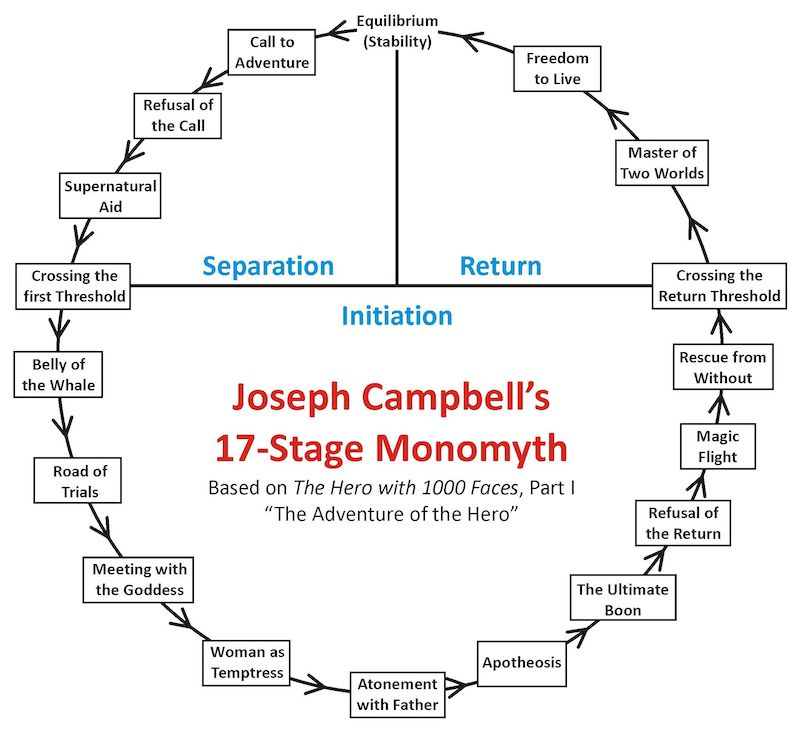
Christopher Vogler was a Hollywood development executive and screenwriter working for Disney when he took his passion for Joseph Campbell's story monolith and developed it into a seven-page company memo for the company's development department and incoming screenwriters.
The memo, entitled A Practical Guide to The Hero with a Thousand Faces, was later developed by Vogler into The Writer's Journey: Mythic Structure for Storytellers and Screenwriters in 1992. He then elaborated on those concepts for the book The Writer's Journey: Mythic Structure For Writers.
Christopher Vogler's approach to Campbell's structure broke the mythical story structure into twelve stages. We define the stages in our own simplified interpretations:
- The Ordinary World: We see the hero's normal life at the start of the story before the adventure begins.
- Call to Adventure: The hero is faced with an event, conflict, problem, or challenge that makes them begin their adventure.
- Refusal of the Call: The hero initially refuses the adventure because of hesitation, fears, insecurity, or any other number of issues.
- Meeting the Mentor: The hero encounters a mentor that can give them advice, wisdom, information, or items that ready them for the journey ahead.
- Crossing the Threshold: The hero leaves their ordinary world for the first time and crosses the threshold into adventure.
- Tests, Allies, and Enemies: The hero learns the rules of the new world and endures tests, meets friends, and comes face-to-face with enemies.
- The Approach: The initial plan to take on the central conflict begins, but setbacks occur that cause the hero to try a new approach or adopt new ideas.
- The Ordeal: Things go wrong and added conflict is introduced. The hero experiences more difficult hurdles and obstacles, some of which may lead to a life crisis.
- The Reward: After surviving The Ordeal, the hero seizes the sword — a reward that they've earned that allows them to take on the biggest conflict. It may be a physical item or piece of knowledge or wisdom that will help them persevere.
- The Road Back: The hero sees the light at the end of the tunnel, but they are about to face even more tests and challenges.
- The Resurrection: The climax. The hero faces a final test, using everything they have learned to take on the conflict once and for all.
- The Return: The hero brings their knowledge or the "elixir" back to the ordinary world.
Ken Miyamoto has worked in the film industry for nearly two decades, most notably as a studio liaison for Sony Studios and then as a script reader and story analyst for Sony Pictures.
He has many studio meetings under his belt as a produced screenwriter, meeting with the likes of Sony, Dreamworks, Universal, Disney, Warner Brothers, as well as many production and management companies. He has had a previous development deal with Lionsgate, as well as multiple writing assignments, including the produced miniseries Blackout, starring Anne Heche, Sean Patrick Flanery, Billy Zane, James Brolin, Haylie Duff, Brian Bloom, Eric La Salle, and Bruce Boxleitner. Follow Ken on Twitter @KenMovies
For all the latest ScreenCraft news and updates, follow us on Twitter, Facebook, and Instagram.
Get Our Screenwriting Newsletter!
Get weekly writing inspiration delivered to your inbox - including industry news, popular articles, and more!

